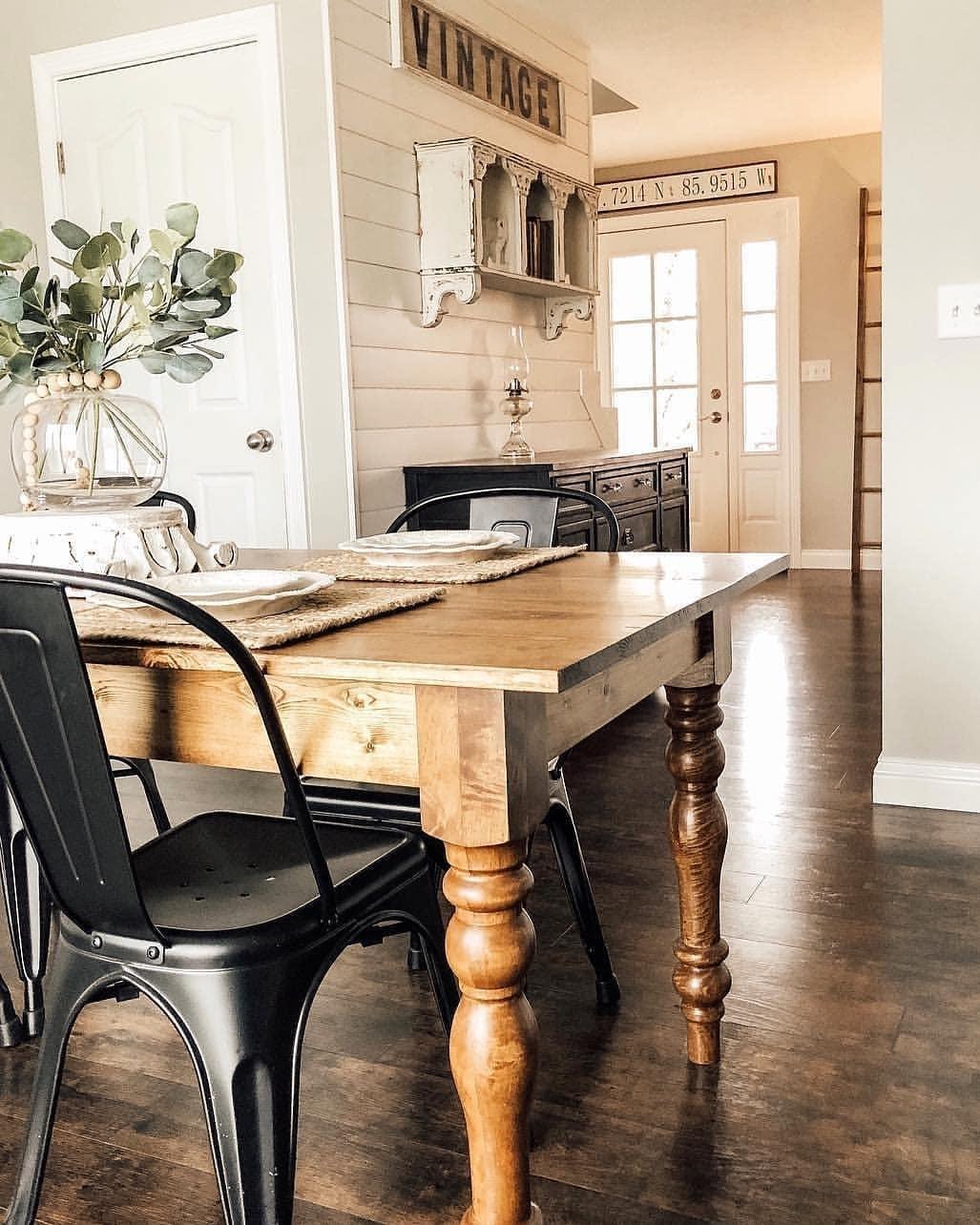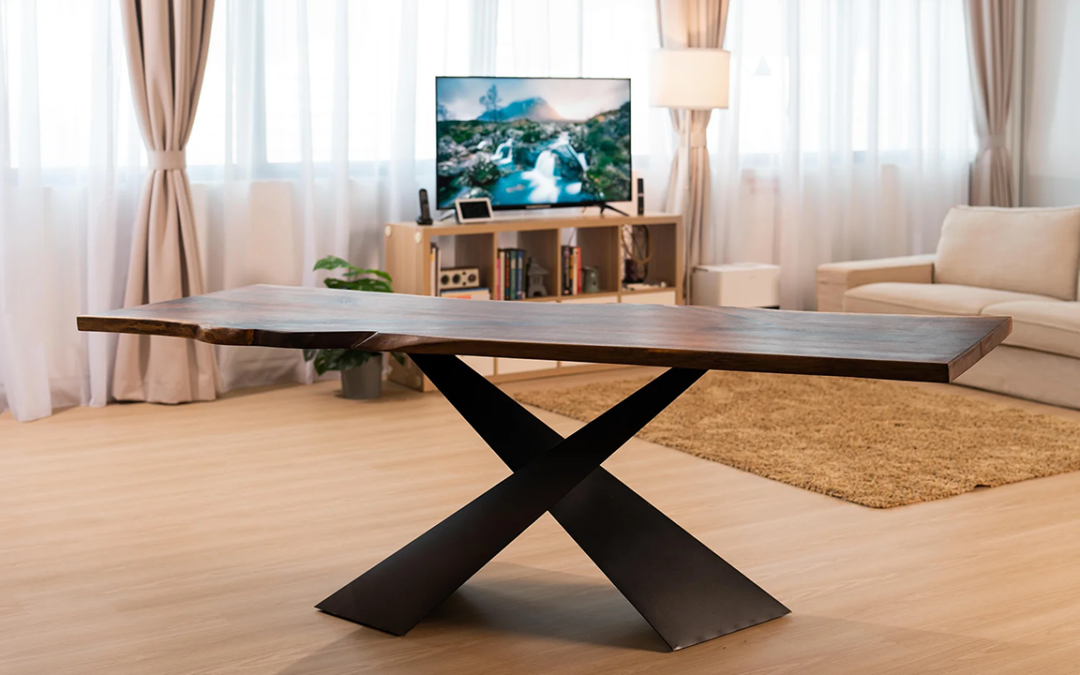Exploring Different Layouts for Dining Room Table Legs to Suit Your Visual
Exploring Different Layouts for Dining Room Table Legs to Suit Your Visual
Blog Article
Eating Table Legs: Exactly How to Select the very best Styles for Your Room
Picking the ideal dining table legs is essential for both aesthetic and useful consistency in your dining room. Whether your space boasts a sleek, modern-day vibe or leans towards an extra standard atmosphere, the style of the legs can dramatically affect the overall appearance. Tapered legs exhibit modern sophistication, while turned legs supply a nod to traditional charm. Past style, the product-- be it cozy wood or streamlined metal-- plays a crucial function in setting the tone. Yet how do you make certain these aspects complement your existing decoration while offering the essential stability? The answer hinges on a well balanced technique.
Assessing Your Eating Room Design
Exactly how do you establish the finest table legs for your room? The solution starts with a complete evaluation of your dining space style. A natural layout makes certain that your table legs enhance the overall aesthetic instead of clash with existing elements. Start by observing the building attributes of your dining-room. Exist noticeable features such as revealed light beams, detailed moldings, or minimal lines? These information commonly determine whether a standard, rustic, contemporary, or industrial style is most ideal.
An eating room with streamlined, modern chairs and metal accents may profit from simple, structured table legs. Conversely, a space filled with classic items and rich textiles might call for luxuriant, carved legs.
Illumination additionally affects assumption. Natural light can emphasize certain materials and coatings, while man-made lights can highlight different facets. Account for the area's scale and percentages. Large, open dining-room can accommodate much heavier, extra substantial legs, whereas smaller sized rooms require even more delicate, unobtrusive styles. By carefully examining these variables, you can choose dining table legs that sympathetically mix with your dining-room's style.
Popular Leg Styles Discussed

One common design is the conical leg, renowned for its sleek, contemporary appearance. Next, the turned leg functions detailed spindle-like designs, typically located in traditional and farmhouse settings.
Cabriole legs, with their unique contours, are synonymous with French Provincial and Queen Anne furniture. Their stylish, streaming lines bring a feeling of refinement and historical charm (dining room table legs). For those favoring a durable and uncomplicated layout, square legs provide durable support and a clean, geometric appearance, suitable for commercial or minimal rooms
Last but not least, hairpin legs offer a retro, mid-century modern vibe. Made from metal, these legs are both lightweight and strong, adding a special aesthetic comparison to wood table tops. Comprehending these designs will certainly assist you in choosing eating table legs that improve your area's visual and performance.
Product Considerations

Wood is a timeless option, understood for its heat and versatility. It is available in numerous species such as oak, walnut, and maple, each offering special grain patterns and shades. Steel legs, typically made from stainless-steel, iron, or aluminum, offer a contemporary and commercial look while guaranteeing durable assistance. They are typically more resistant to deterioration, making them a sturdy selection.

Various other materials like bamboo or rattan offer environment-friendly choices, bringing a natural and loosened up ambiance to the eating location. Each product has its pros and disadvantages, and the finest option will depend on your certain needs and preferences.
Harmonizing Looks and Functionality
Accomplishing the excellent balance between appearances and functionality is necessary when choosing dining table legs. While the aesthetic allure of table legs can significantly improve the general setting of a dining space, their practical elements can not be forgotten. The style of the legs should balance with the area's decor, yet they should likewise supply ample assistance and security for the table.
Consider the architectural design of your space. Smooth, contemporary insides might profit from minimal, metal legs that supply a tidy and inconspicuous appearance. On the various other hand, typical setups often complement turned or carved wood legs that include a touch of elegance and sophistication.
Functionality encompasses the stability and resilience of the legs. Trestle legs, understood for their toughness, can offer strong assistance for bigger tables, making them suitable for households or regular entertainers. Conversely, pedestal legs can supply even more legroom and versatility, permitting better seats setups
Additionally, the height and positioning of the legs are crucial for comfy eating. Legs placed too much internal may impede seats, while those as well close to the side can limit movement. Hence, thoughtful consideration of both aesthetic and useful aspects is paramount for an optimum dining experience.
Personalization and DIY Options
Customization opens up a world of opportunities for creating dining table legs that are distinctly tailored to your taste and requirements. Details design elements, such as turned legs, tapered forms, or detailed carvings, can be incorporated to show your design.
For those likely in the direction of do-it-yourself (DIY) jobs, producing personalized eating table legs offers both a satisfying experience and the possibility to attain a bespoke visual. Do it yourself enthusiasts can source resources and use woodworking or metalworking tools to craft legs that satisfy exact requirements. In addition, numerous online tutorials and workshops offer assistance, making the process much more easily accessible for novices.
Eventually, whether choosing specialist modification or getting started on a do it yourself endeavor, the capability to customize table legs guarantees that the final product harmonizes with your interior decoration vision, improving both functionality and aesthetic useful content allure.
Conclusion
Selecting the suitable table legs requires cautious factor to consider of the overall design of the dining space, including existing architectural functions and furnishings. Understanding preferred leg designs and material alternatives is crucial for achieving an unified visual. Balancing visual appeals with capability makes certain stability and improves the eating experience. Customization choices better enable for a customized style. Ultimately, the chosen read this table legs should enhance the decor, giving both aesthetic appeal and useful support.
Report this page